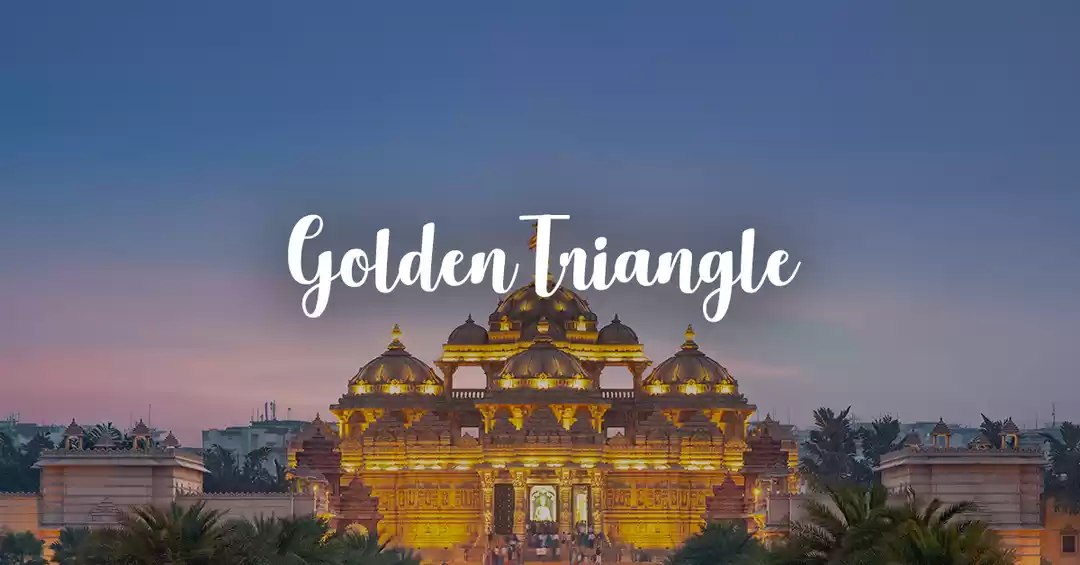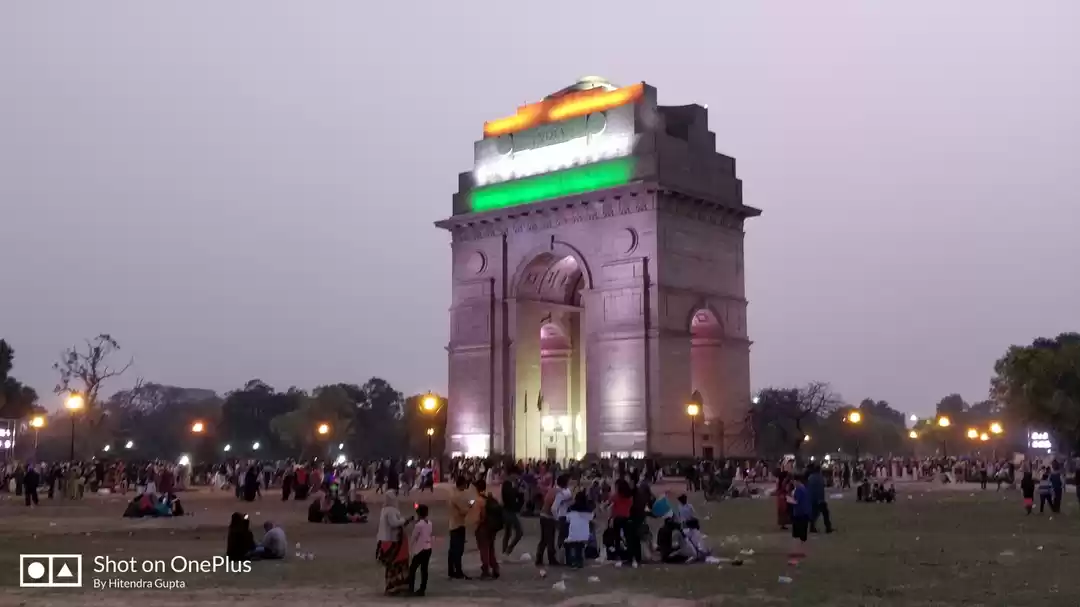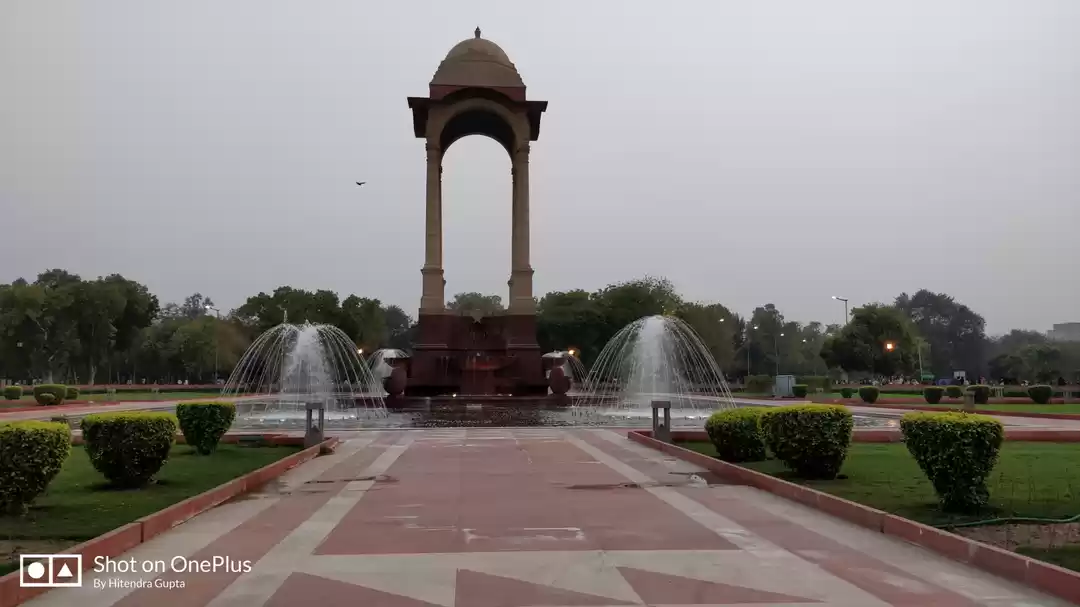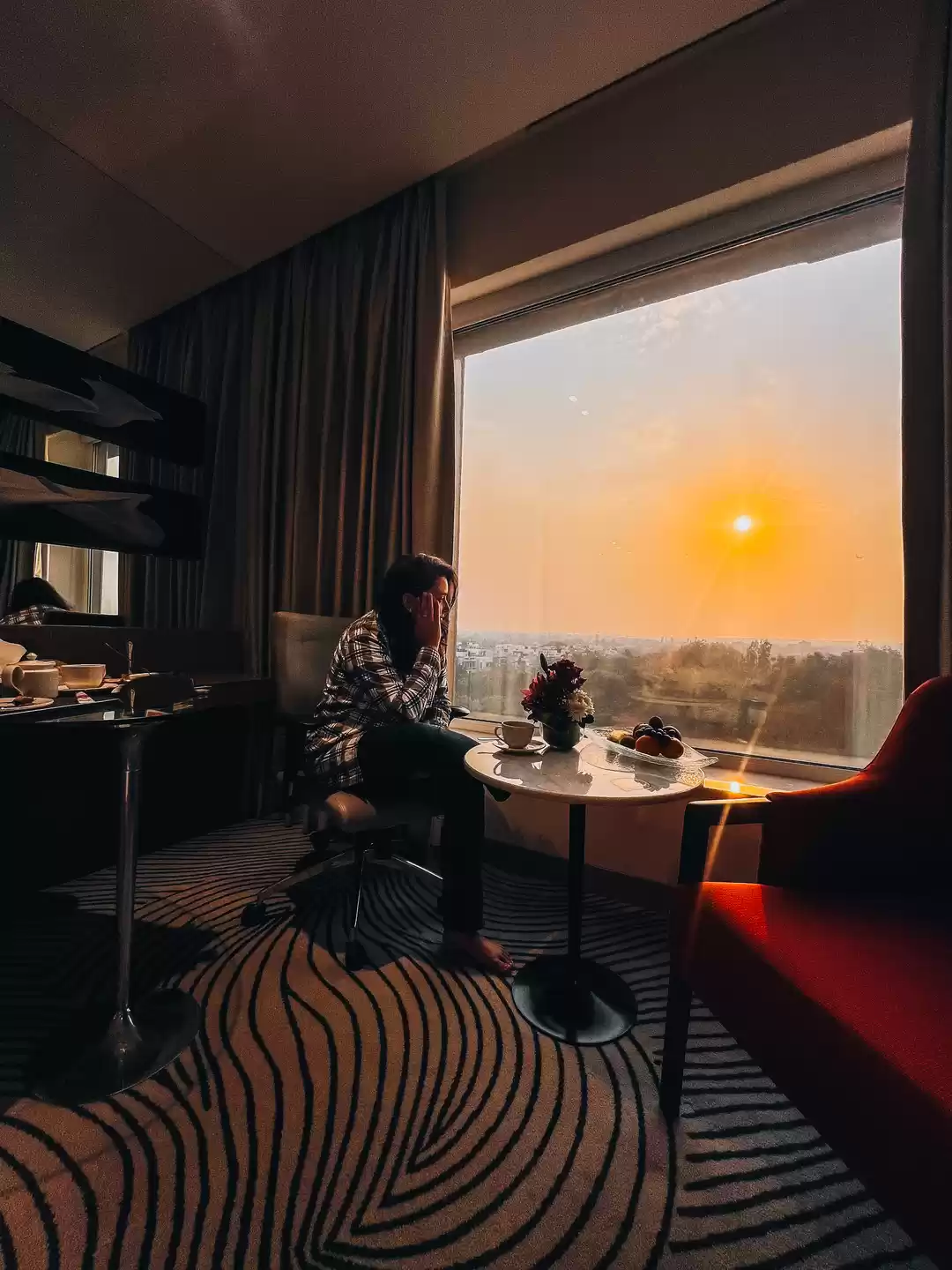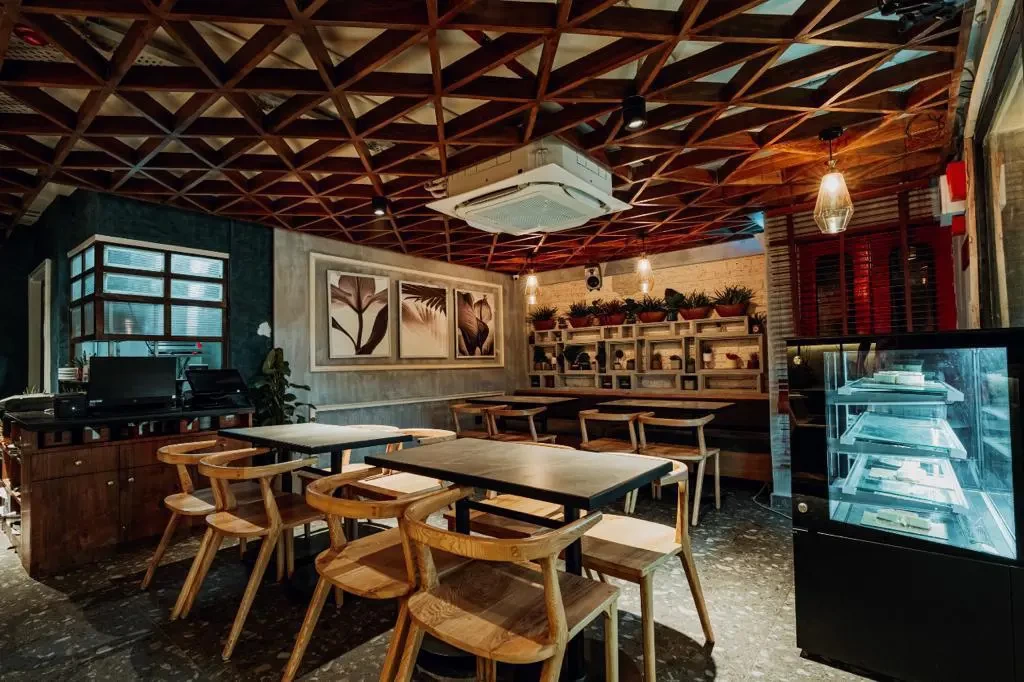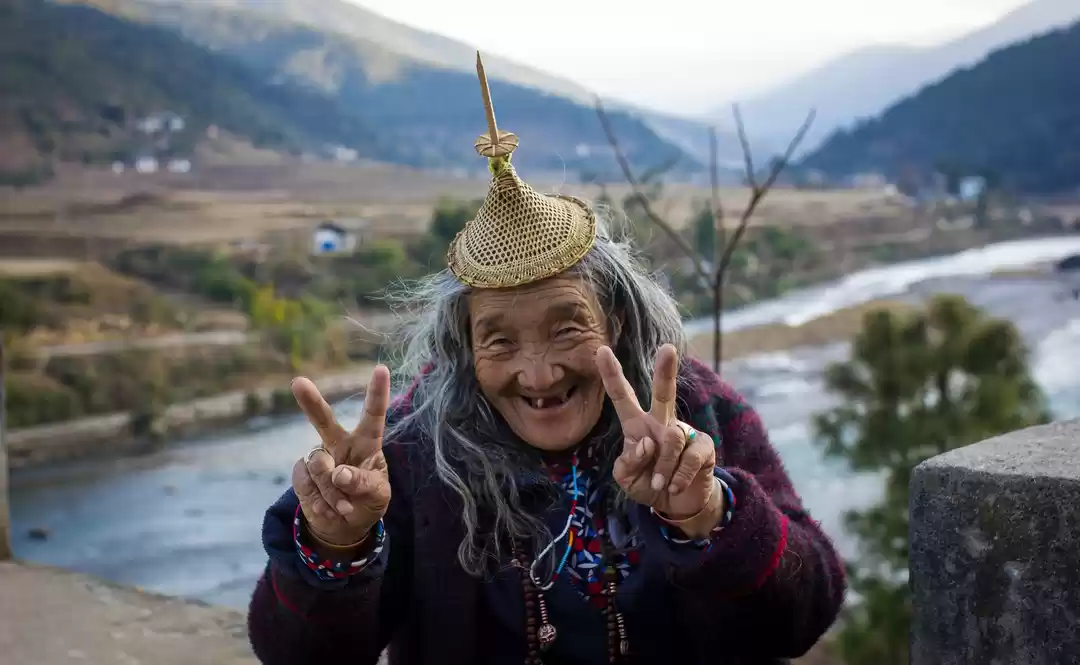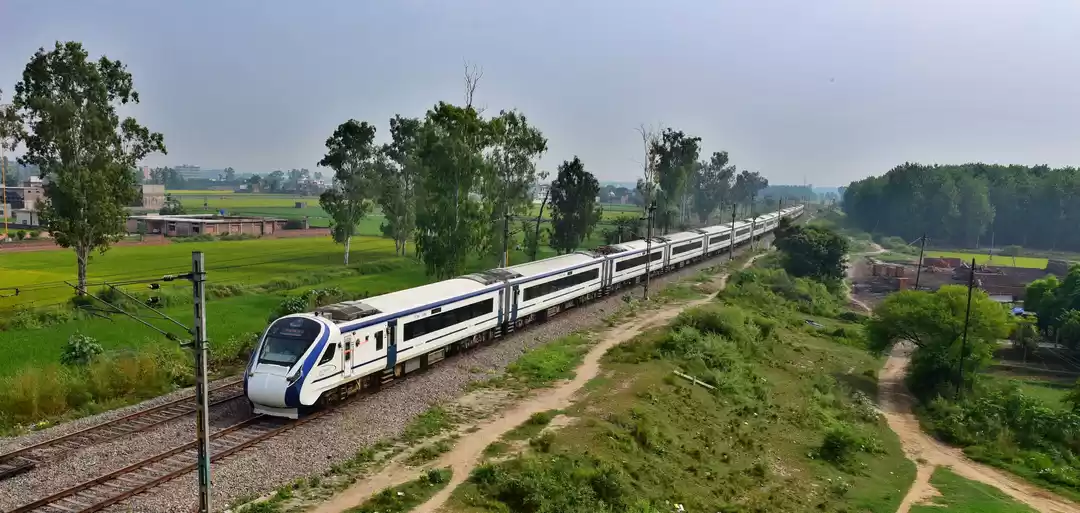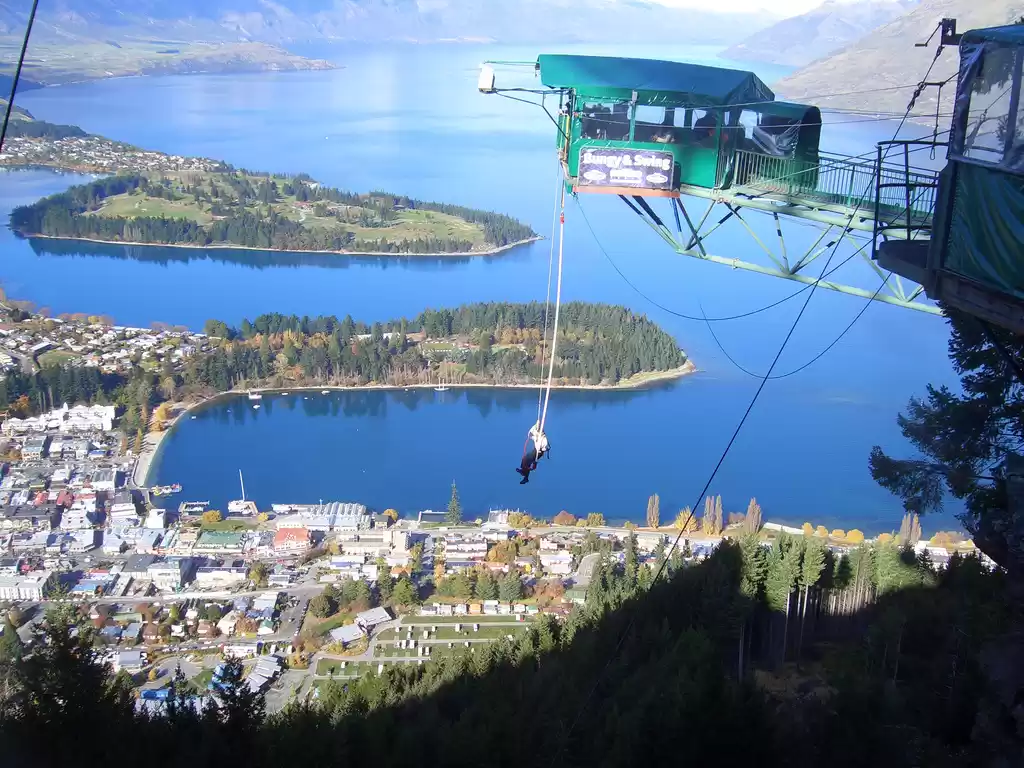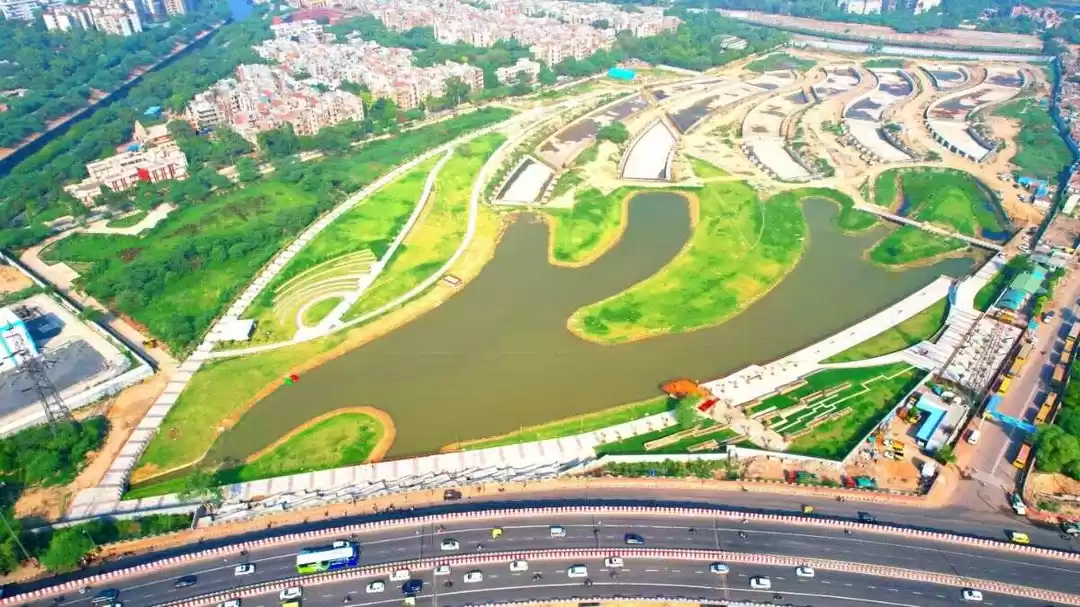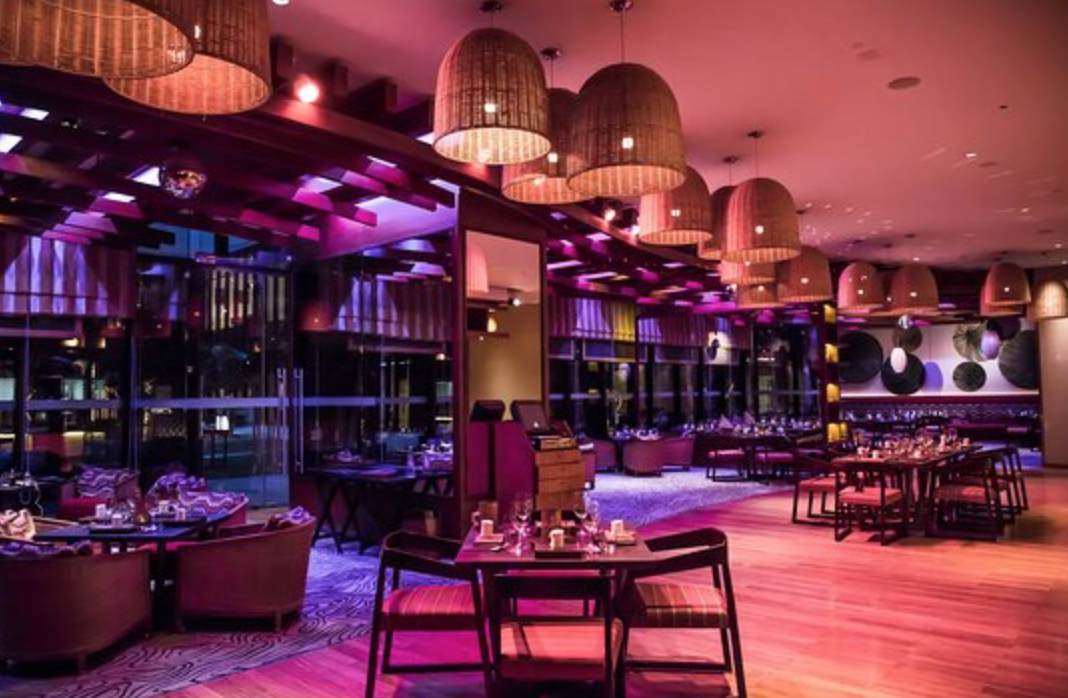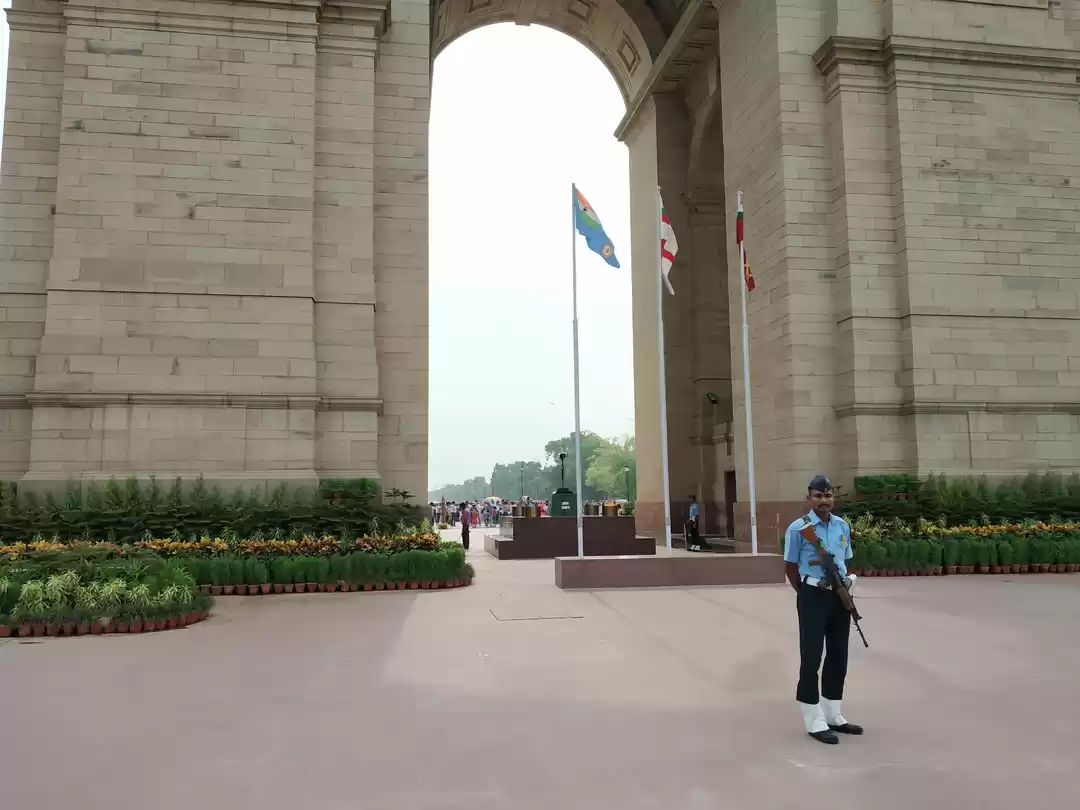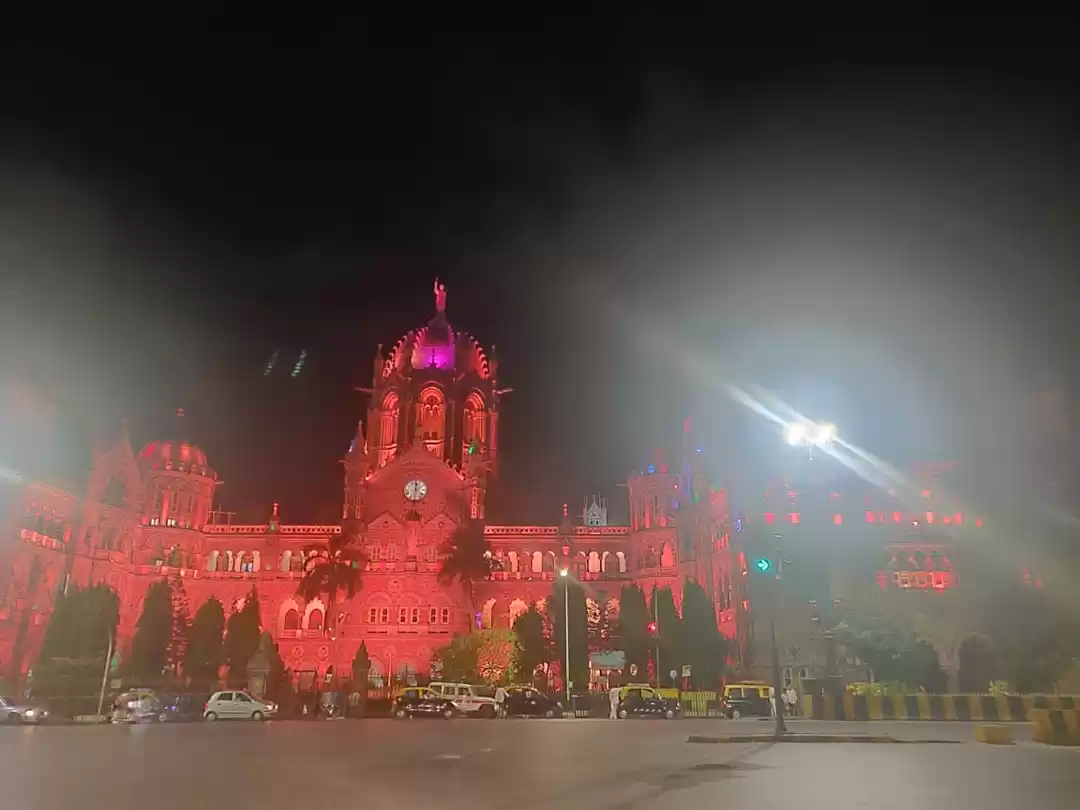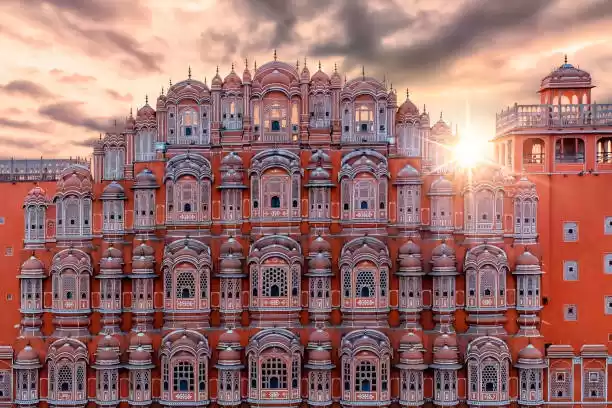If you want to know what kind of place you are headed to or you just feel curious about life in this 23 million people city then bear with me for a while with my experience and perception of this city. Please take what I say with a pinch of salt on it, just as they usually take their mandarin juice, as in the end it is only my experience as a foreigner.
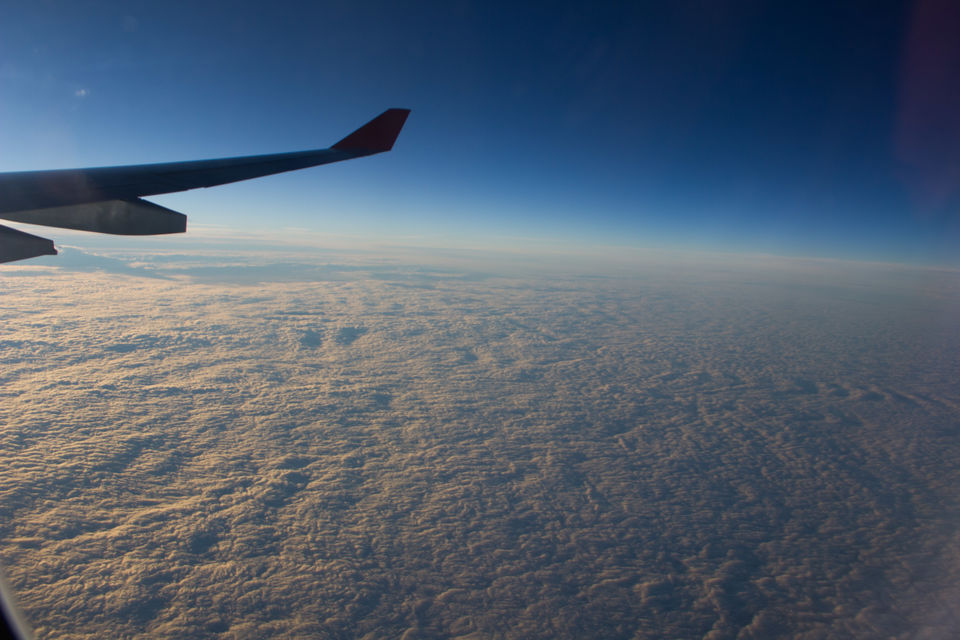
I arrived at 3 am on a winter night to Indira Gandhi´s international airport in Delhi, feeling slightly out of place and time after 30 hours of flights and connections. I had a big bag with my clothes and 2 others for my laptop and camera hung heavily on my shoulders. This new episode in my life was about to start and there was no place for fear, only excitement and adventure.
I stayed in a hotel for a few days, then in an Airbnb for a week and finally rented a room in a flat for month and a half. In the time I was in this frantic city I came to adapt to a number of shocks.
It started at the 3 stars hotel, nothing fancy, just enough to get me for a few days while I rented a room to actually live. I entered the room and the dust everywhere in the room was the first surprise, then when I entered the bathroom, the bucket in the shower was the second one, finally the sign next to the light switch saying “Please turn off the geyser when you leave” was the third one. As confused as I was I just went to sleep and eventually over the next weeks all those things made sense.
Many Indians grew up bathing with a bucket of water and a small jar, not a shower, and many people nowadays still bathe like that because the water pressure is not enough, they want to save water or simply there isn't a shower in the bathroom. In either case for warming the water, shower or bucket style, mostly they use a geyser, what the rest of the world would usually call a water heater, which ought to be turned on and off in every use. So in pretty much every bathroom you enter you will find a bucket in there, waiting to be used in the mornings.
Foreigners draw a lot of attention here in India, and I don´t mean the usual attention foreigners attract outside of their land, but the kind you would receive if you were from another planet landing on Times Square. The whiter you are the greater the amount of looks you will attract, and in many cases that will lead to people asking you on the street to take pictures with them. At the beginning it feels odd and funny, then after the 10th picture in a row it starts to wear out. You can easily catch people in the restaurants, metro and the streets staring at you, however in half the occasions looking at them will not make them stop staring at you.

Kelly posing for the 10th in a row when she first came
The clearest downside of being a foreigner in most parts of the world, is that people will try to get more money out of you. The widespread assumption that you are rich because you are travelling and thus you can afford greater prices holds as well in India. So it won´t be that uncommon to be asked 5 times the regular price, especially when dealing with cab and rickshaw drivers. The key is to have an idea of the price and then stick firmly to it.
Most young people speak some or good English, with a thick accent, and pretty much every street vendor, shopkeeper, rickshaw or cab driver knows the numbers in English. You will always find someone who can help you translating when in need, just ask around, most of the time locals are very helpful. Although less in Delhi that in other cities of India, people were really nice and always helpful when I needed anything. They will try to help you overcome the language barrier with people who don't speak English and give you directions when needed.
The religious tolerance is a true foundation pillar of India. It is not uncommon to have in the same street Sikh temples; Gurudwaharas, Muslim temples; Mosques, and their Hindi counterparts; Mandirs. I went to a Hindu temple for a celebration called “Ayyappa Pooja” by the kind invitation of my friend Shyla. At the entrance I had to take off my shoes, for a night that included chanting, feeling fire in my hands, image veneration, an elephant companion, community dinner and walking barefoot in the streets of Delhi. All the rituals where solemn and looked mystical for my surprised and untrained eyes, and truth to be told nobody looked down on me for being a foreigner. I learnt a lot about India that night, walking barefoot in the streets while we circled the temple at the compass of the bare chested men drums.



The streets themselves might be India´s most shocking thing. Yes, there are a lot of things that can bend your mind, yet the streets never stop surprising you because in them you find the three main bad characteristics of Delhi and many other cities in India: The horrible driving, the omnipresent pollution and piles over piles of garbage and dirt.
Driving in Delhi can be thought of as movie of fast and furious: Everyone wants to be first, the stress is high, the likelihood of having an accident is also high, and common sense does not apply. The rule is to save yourself, no matter what happens to others. Cars, rickshaws (the 3 wheeled vehicles also known as tuk tuks), trucks, cows –yes, it is actually true that sometimes you find cows roaming on the roads- and many times people, compete for space on the roads. Many of the drivers are magicians, managing to multiply the number of lines by 2 even if it means no one can go forward. Parking is not a big problem as you can park on almost every street even if it seems traffic won´t be able to go through. For the untrained eye it is chaos, for the locals, it's a system they know how to deal with.
Scratches on cars are not a big deal, in fact pretty much every car in the city is scratched somewhere as a consequence of the tight moving of the cars which leaves little to no room for manoeuvring and results is cars bumping so often that very few people care. On the time I was in the city I witnessed on three occasions how a car would bump into us, and then keep on going like nothing ever happened.
As it was pointed out to me, usually the preconception is that it is the biggest vehicles' fault when it comes to traffic accidents, and they have a lot of those. India has the highest rate of traffic accident mortality in the world.
I learnt honking is not used as it is in most countries of the world. Here you don´t honk because an accident is just about to occur, even though by the driving patterns it would seem so, it´s used because people and cars move in complete disregard for traffic rules, norms and even common sense.
So people actually don´t look back to cars honking, they just move outside or ignore the honk altogether. I had a hard time trying to discern between a “you are in my way please move” honk and “you are in my way, move or I will run you over and every descendant you may have with my car” honk. Surprisingly it is written in the back of most trucks “Please horn”, I was told it was so the truck drivers could know there was a car near them but that seemed hard to believe.
The first drive from the airport got me thinking “I may die tonight and I have only been to the airport”. The reckless driving of the taxi driver turned out to be the rule rather than a one night thing.
Walking on the crowded streets of Chandni Chowk
The concept of public road space is pretty much non-existent. Many times you will find the streets have no side-walks or it is the unpaved side of the road. Shops, construction materials, and parked bikes and cars usually take much of that space. The lack of trash bins is absolute and widespread; 25 minutes walking without seeing one is rather the norm than the exception. People throw trash on the street all the time and everywhere. As dirty as the streets were it didn't make sense that the amount of trash wasn't greater considering how much rubbish pile up every day. Finally the mystery was solved on new year's morning when we had a picnic in the park with my local friends. After we ate on some plastic plates one of my friends piled them carefully and put them aside in a corner of the park, when I enquired him on his motives for not throwing them in his house bin he told me that every night the cleaners come sweeping all the streets, picking whatever trash they find. Then it made sense, for him there was no incentive in doing it himself as someone else will do it. The garbage men.

A popular market near the Red Fort
Another of the surprising situations was the number of screenings and security checks you have to go through to enter most public places. In every metro station, shopping mall (the very few ones that exist) and in some public monuments you will have to put your bags trough the x-ray machine and pass through the metal detector, with a separate queue for men and women. The terrorist attacks in 2008 changed a lot of things.
In regards to the lack of cleanliness paradigm for which India is very well known for, in my experience, yes, most things are plain dirty and badly taken care of for western standards, but for me I don't think Indians are dirty, they simply have different standards of cleanliness, which changes completely the perception of what is acceptable for us outsiders and what is acceptable for locals. I feel that for most of them there is no major relevance in a new layer of paint for the walls, a perfectly clean bathroom or a dust free kitchen, and I don´t mean spotless cleaning or obsessive compulsive disorder germ free, I mean it as the way most westerners have their house “clean”. I understand the pollution in India is a really serious problem, and that in a city like Delhi, officially the most polluted in the world, all it takes is 3 days for that dark fine dust to invade every corner, nevertheless, the dust is not the problem, is how much dirt you tolerate in your own house, how much attention to detail is given.

Before and after of the light switches in my room. For some reason switches almost everywhere are very very dirty.
The only thing I had to buy to help me cope with that situation, beside the hand sanitizer, was buying a pollution mask for the days when the air quality index would go over 400, which means "very unhealthy don't go outside". Because when it happened and I had to go outside I had headaches because of the polluted air, which sometimes doesn't allow you to see more than 200 meters ahead. In my first week in the city I had a running nose, coughing and drowsiness, which I learnt from my foreign friends who had been living for a while here, is just the effect the pollution has on you when you first come.

On a particularly polluted day around 4 pm. There are no clouds, it is only pollution in this photo.
For all the bad things there are also good things, namely I really felt secure in the city, in no moment I felt I was in danger of being robbed or that walking late at night would bring me problems. Even in the metro I didn't feel pickpockets were ready to take my valuables out of my bag and pockets and everyone was laid back about it.
On the same page when I first arrived I met with a friend of a friend of Colombia. She walked me through dark and shady streets without problem and she seemed quite unconcerned with what for me were no-no streets, one of the benefits of being a place you feel secure in. Of course as in every big city in the world there are thieves and the neighbourhood matters a lot, but in overall I felt much safe and confident.

The metro works fantastically, is cheap and has brand new trains. In overall is faster to take the metro than a car if it is along one of the metro lines, especially useful when going to the nearby city of Gurgaon. Also on every train it features a wagon only for women, and in the rest of the coaches it has seat reserved for ladies only.
If you want a new gastronomic experience, then India is a place to visit. Most food available on restaurants, usually classified as veg or non-veg, has some spicy or a lot of it, and unless you are already familiar with Indian food you will be somewhat clueless as to what to order, as the menus usually have no description or photos of the plates. The almost omnipresent words seem to be chicken, mutton and Paneer (cottage cheese), and in most restaurants depending on the plate you ordered you will have to order a side of Indian bread (Rotti/Chapatti) or rice (plain is always good). Also eating with your hands is fairly common in restaurants and almost mandatory at home.
Weddings happen all the time everywhere, and an important part of the celebrations consists in going through the streets loudly playing the drums in a slow procession of people, in complete disregard for others' sleep, but also in a joyful manner with assistants dressed in beautiful garments and in many occasions accompanied by horses and carriages.

A wedding on the street
But at some point you get used to the smells, you stop feeling disgusted by every street dumpster, by every disorder, by the dust on the shelves, by the dirty floors of shops, by the traffic, by the honking, even by the pollution. It is incredible how we humans can adapt to almost every situation with some time. I still clean my room to make it good enough for me, but I no longer feel uncomfortable with the way things are taken care of elsewhere. And then, you start seeing India with different eyes, with the eyes of their very gently people, of their diverse culture and their ancient monuments, of their tolerance and their happiness despite the situations. You start seeing what people fall in love with when they spend enough time in this country. India offers everything it has on plain sight, the good and the bad, it is up to you to take upon the challenge of looking past the obvious.
Things to take into account when just arriving:
The prepaid taxi from the airport shouldn´t be more than $10 to $15 USD (600 to 1000 rupees), to pretty much every spot in south Delhi (where you would most likely stay) or even Gurgaon. It should be noted though, that prepaid taxis are to be taken from the counters inside, just before the doors to go out of the terminal to the street, and that there are 3 companies offering that service, ask around, as when I did one asked for 1.400 and the other for 700. There is no need to tip.






